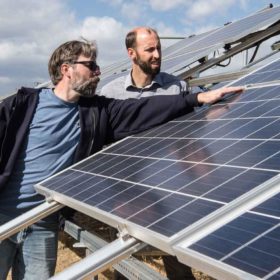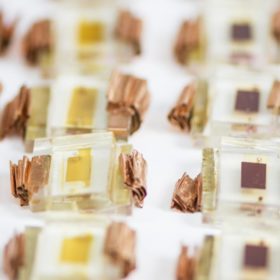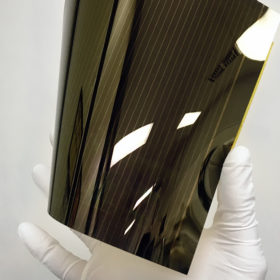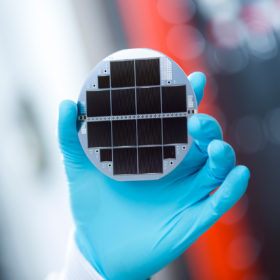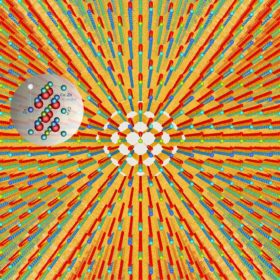Lithium-ion battery prices could rise as cost of cobalt shoots up, warn analysts
Price of cobalt, a raw material used in lithium-ion batteries, rose 26% in the first quarter of the year, following 114% annual increase in 2017, finds EnergyTrend. Suppliers may look at ways to lower cobalt content in new iterations, experts say.
NREL develops open source tool to monitor PV plant performance & degradation
The U.S. National Renewable Energy Laboratory (NREL) has launched a new software package, developed alongside SunPower and kWh Analytics, which it says will improve the accuracy and reliability of PV plant performance data, and improve the industry’s understanding of degradation.
Researchers in Finland develop improved aging test for perovskites
Scientists led by Aalto University in Finland have developed new ways to test perovskite and dye sensitized solar cells for aging, using fast, low threshold photography.
Engie to use blockchain protocol to certify supply of green energy
The French energy giant will use blockchain technology to certify the green energy used in its manufacturing process in France by U.S.-based chemical company, Air Products. Through the software platform for digital assets, Engie hopes to transform its customer-supplier relationship.
US: California researchers convert waste heat into electricity
Scientists from the University of California, Riverside, have developed thermoelectric devices, which can transform low-level waste heat into electricity. The scientists theorize that these devices could be used to boost a solar PV system’s output, harnessing heat as well as light from the sun.
Solliance achieves 14.5% cell efficiency on perovskite module
Scientists at European solar research organization, Solliance have announced the achievement of 14.5% conversion efficiency on a perovskite module. The module uses a glass substrate, and the efficiency was measured on an aperture area of 144 cm².
US researchers see expansion in perovskite’s potential
Researchers based at Los Alamos National Laboraory in New Mexico, the U.S., and Rice University in Houston have found that constant illumination ‘relaxes’ the structure of perovskite solar cell material, increasing its conversion efficiency.
Australian researchers unveil new sodium-ion battery design
Scientists from the University of Wollongong in Australia have developed battery cells based on sodium-ion technology, which the university says can achieve excellent cycling stability and easily be scaled up for mass production.
Fraunhofer ISE announces 33% efficiency for multi-junction solar cell
Together with Austrian equipment manufacturer EVG, Fraunhofer ISE has achieved an efficiency of 33.3% on a multi-junction solar cell. The highlight of the cell is the ultra-thin II-V semiconductor layer. However, it will be a few years before mass production is possible.
German scientists use germanium to improve performance of kesterite solar cells
Although current efficiencies for solar cells based on kesterite do not exceed 12.6%, the use of germanium may enable the development of cells with a higher energy band gap.

